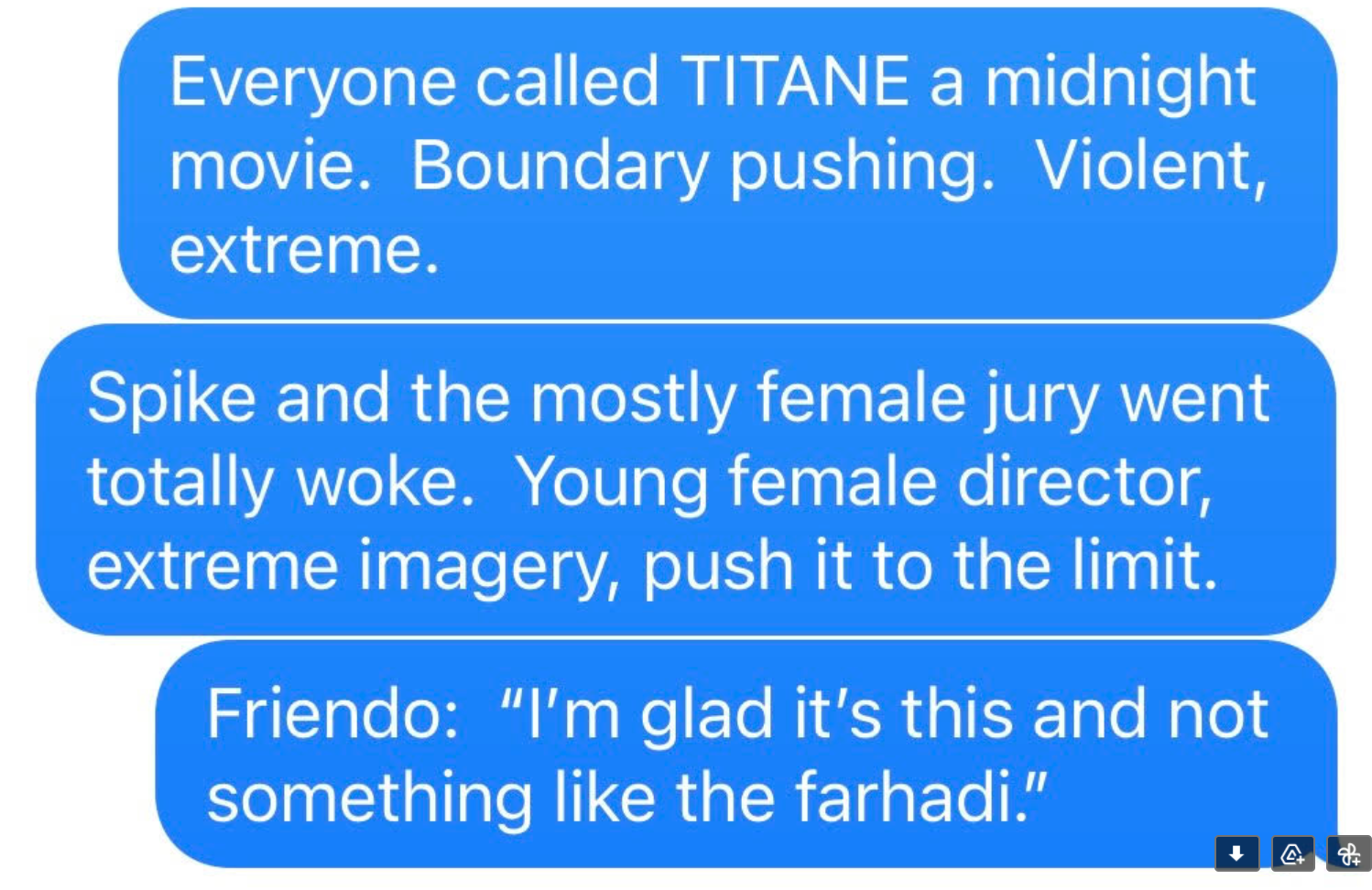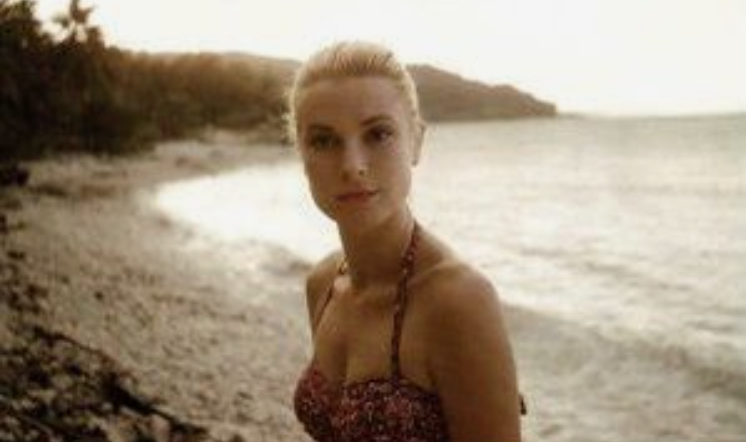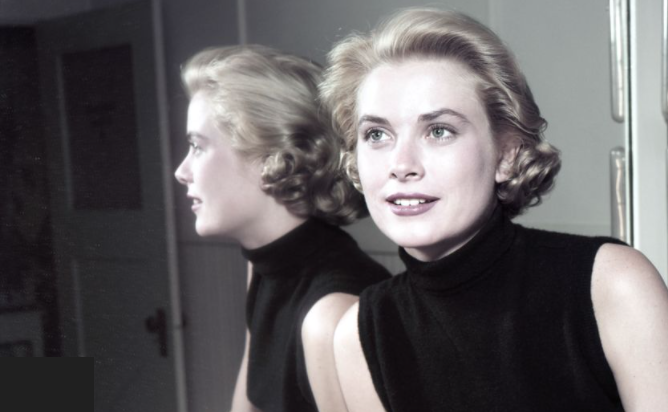What’s life without a little daring, a little risk?
I know that risk-removal is one sure way to reduce verve or excitement or in some cases reward in one’s life. It all boils down to concepts of what an acceptable level of risk might be.
In the case of Jeff Bezos’ Blue Origin spacecraft, which will launch Tuesday morning with Bezos and a few others aboard, there’s a 1-in-100 chance — 1% — of failure and death. Is that reckless or semi-reasonable for anyone with a seat?
382 space flights have happened since Alan Shepard‘s suborbital ascent about a Mercury space capsule on 5.5.61. Four of these have ended catastrophically. Which is where the Blue Origin odds come from.
What are the actual real-deal odds, given the specific technologies and technical challenges involved? Perhaps less than a 1% chance, perhaps a bit more. Similar odds presumably applied in the case of Richard Branson‘s recent Virgin Galactic flight.
Most of us have an idea of what a serious risk is. During a typical 1000-mile road trip, the statistical odds of an average motorist getting into an accident is something in the realm of 1-in-375. The odds of a typical air passenger being in a plane crash are microscopic — one in a million or several million, depending on your source. And those riding with Bezos on Tuesday can console themselves with that 99-out-of-100 chance that the flight will come off without a hitch.
It was reported last Wednesday that Ashton Kutcher had bought a $250K ticket aboard one of Branson’s Virgin Galactic flights, but that his wife, Mila Kunis, killed that notion.
Kutcher to Cheddar [5:20]: “When I got married and had kids, my wife basically encouraged that it was not a smart family decision to be heading into space when we have young children. So I ended up selling my ticket back to Virgin Galactic, and I was supposed to be on the next flight. But I will not be on the next flight.”
Kunis was right from a child-care perspective, of course — avoiding the Branson flight was a safer option than going on the flight. If I had young kids I would probably think twice about those 1-in-100 odds. Maybe.
On the other hand the Kutcher-Kunis anecdote points something out about the nature of married life. Being married tends to involve higher levels of safety and caution and, one could argue, timidity. Hence the statistics about married men living longer than unmarried men.
But I’ve thought about it over the last 15 or 20 minutes, and have decided that if I was in Kutcher’s shoes I wouldn’t have sold the Virgin Galactic ticket, and not just because I wouldn’t want to miss out on experiencing a sub-orbital space flight. (How many times is such an opportunity offered, even in this day and age?) I would have gone for it, finally, because of the lesson it would pass along to my kids, who always learn more from their parents’ example than anything else.
The lesson I would be passing along is that the most dangerous thing you can do in life is to always play it safe.





